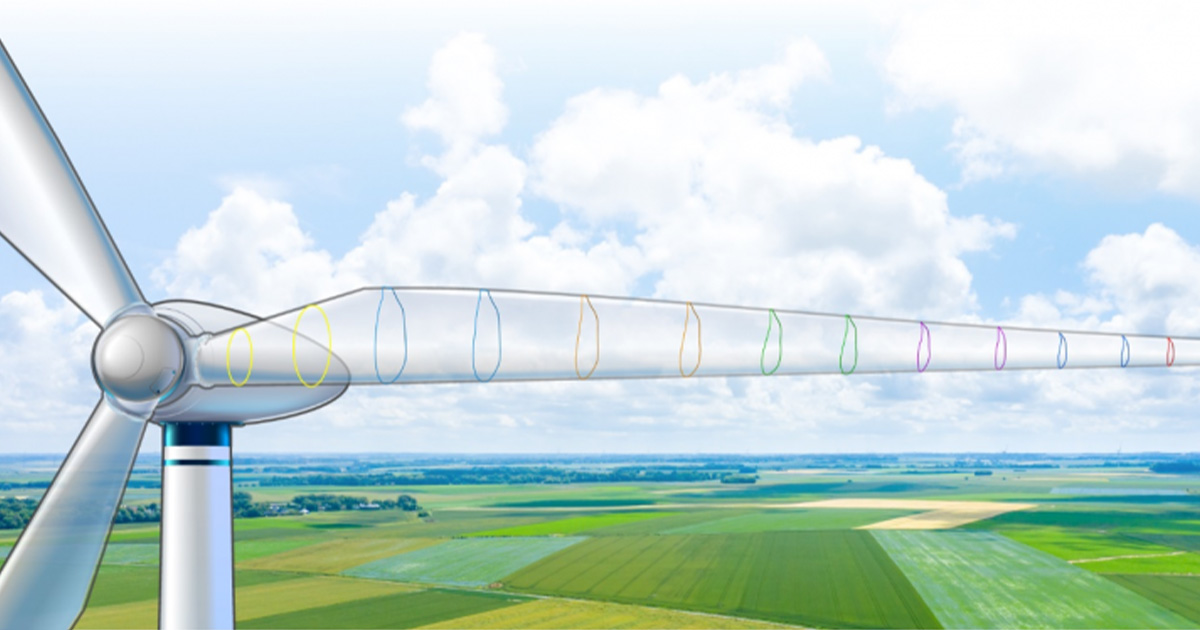On March 21, 2024, the US Department of Energy's (DOE) Wind Energies Technologies Office (WETO) announced plans to invest $5.1 million from the Bipartisan Infrastructure Law in research and technology development to advance modeling and analysis for next-generation offshore wind turbine blades.
These efforts aim to facilitate accelerated development and deployment of cost-effective offshore wind energy technology in order to reach the Biden-Harris Administration's goal of 30 gigawatts of offshore wind energy by 2030.
To effectively design new offshore wind turbine blades, engineers need to gather aerodynamic data that will help assess how a wind turbine blade responds in all weather conditions. As wind turbines become larger, gathering those data becomes challenging due to the large-scale (>10 MW) of modern offshore wind turbines.
Wind turbine blades experience high loads when in operation, when stationary for installation or maintenance, and with the passage of extreme weather events. While simulation tools for large blades needed for offshore wind turbines can represent unsteady behavior when the turbine is in operation, they sometimes make inaccurate assumptions for conditions where the rotor is idling or stationary, leading to overly conservative designs or a risk of damage in certain wind conditions. Additionally, extreme weather events affect turbines in operation because wind may come from any direction, and the loads generated on the blade and the resulting blade motion may be highly unsteady depending upon when and where the wind is blowing.
This future funding opportunity announcement (FOA) is anticipated to seek applications to fill critical gaps in the development of multi-megawatt wind turbines (>10 MW) for offshore wind deployment and adoption of sustainable wind turbine technologies across the United States. These activities support a government-wide approach to addressing the climate crisis, including driving innovation that can accelerated deployment of clean energy technologies.
The goals of this proposed FOA would be to:
- Collect and disseminate benchmark aerodynamic data to inform the design of large next-generation wind turbine airfoils and blades.
- Develop and validate improved modeling and simulation tools for the behavior of idling or stationary blades for large-scale wind turbines.
- Provide the wind industry with accurate models to minimize the risks of developing and deploying large offshore wind turbines.
This FOA is expected to be released in Spring 2024. For more information, please read the full notice of intent.





